Whether the practice is strong and powerful or gentle and restorative, inversions are a key component of any type of yoga. Moreover, there are many different kinds of inversions–from the challenging pincha mayurasana to the relaxing viparati karani. But what are the benefits of inversions?
There are a variety of health benefits that come with regularly practicing inversions, such as enhanced circulation particularly to the upper extremities. Anyone who’s tried doing a headstand for the first time may also have experienced that “sudden blood rush” to their heads, and maybe felt refreshed or energized afterwards. With more oxygen and nutrients supplied to the brain, inversions can really serve as your morning pick-me-up.
Now, here are some more benefits that you should know about.
The Benefits of Inversions
Below are some of the physiological benefits of doing inversions.
1. Inversions help stimulate the lymphatic system.
The lymphatic system is made up of a large network of vessels, organs, and tissues that help protect your body from harmful pathogens and toxins. It makes up a key part of your immune system, and also helps your body manage fluid levels.
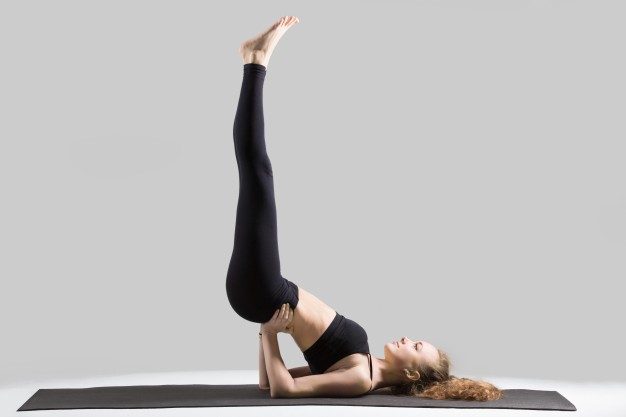
The lymphatic system, however, has one-way valves and is therefore subjected to gravity. In other words, it’s much more difficult for the body to transport lymph fluid into the upper extremities like the arms, shoulders, neck, and head.
When you practice inversions, you help “wake up” and boost your lymphatic system and help reverse as well as bring balance into its flow.
2. They enhance proprioception.
Whenever you move, perform an exercise, or come into a yoga pose, your muscles, nervous system, and brain work together to exert effort and force, keep you balanced, and ensure that you stay safe. This is called proprioception. In other words, it’s the body’s ability to understand where it is (as well as manage itself!) in space.
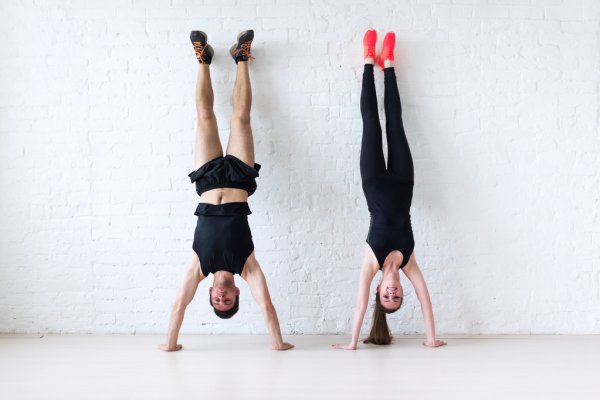
The first time you do a handstand, you might feel really disoriented. You probably won’t know where to look, and you might even lose sensation of where your feet are. Although it might cause you to feel fear or panic, it simply means that your brain has yet to familiarize itself with and understand the shape.

The more you practice inversions, the more your brain and body will acclimatize themselves to being upside down. You’ll experience sharper senses, better control of your body, as well as a renewed sense of perspective.
3. They’re anti-aging.
As mentioned earlier, doing an inversion gives you that warm, invigorating head rush. That said, your skin gets a fresh boost of oxygen and nutrients (plus a rosy flush), and you’ll probably end your practice looking absolutely fresh.
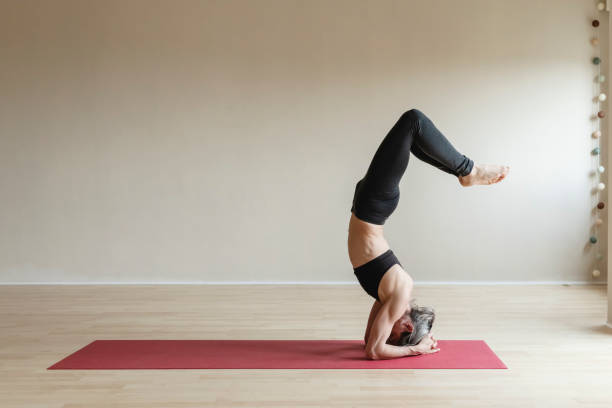
Yoga Journal also shares that the pineal and pituitary glands are stimulated during inversions. These endocrine glands have different functions–they support growth and thyroid function, promote reproductive health, and overall support healthy hormonal function.
Easy Inversions
Now, learning and mastering inversions (especially the trickier ones) should be done with the guidance of a yoga teacher and with your body properly warmed up and prepared. However, here are some that you can easily do at home.
1. Downward Facing Dog
From your table top position, walk your hands slightly ahead of your shoulders. Tuck your tones onto the mat, press down through your palms, and lift your hips up to the sky.
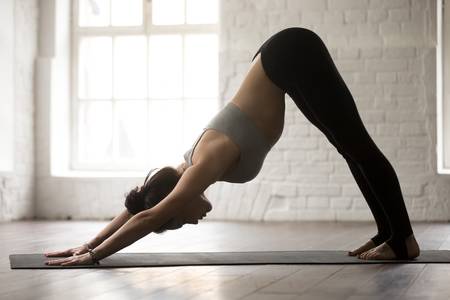
Keep your knees slightly bent, press your hips up higher, then try to bring your chest closer to your thighs to further lengthen your spine. Feel your shoulders and your lats engage as you ground your palms more firmly to the mat.
Try gazing in between your ankles and notice how the world looks upside down. Your Adho Mukha Svanasana is a simple, straightforward that you do in any yoga practice–plus makes a great stretch for your hamstrings, spine, and shoulders.
2. Wide Legged Forward Fold
Stand with your feet wider than your hips, and your toes parallel to the long side of your mat. Ground down through your feet, lengthen your spine, and then fold forward.
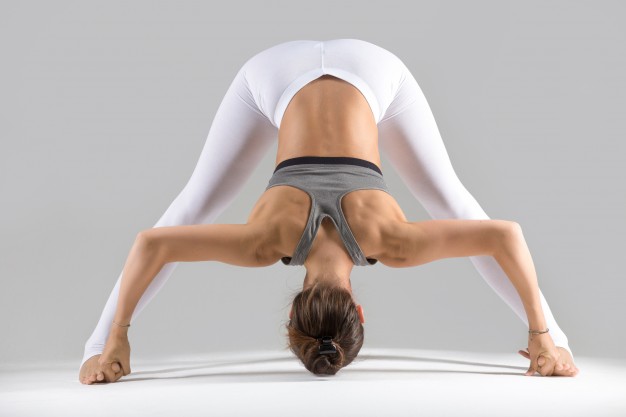
Place your hands onto the mat or support them with yoga blocks (especially if you feel that your upper back has started to round). If you can, walk your hands in line with your feet until your elbows stack on top of the wrists. Feel the stretch in the back of your legs, as well as in your glutes. Lengthen your lower back.

Additionally, your Prasarita Padottanasana makes a good preparatory pose for your Tripod Headstand. So if you’re working on that, try practicing this pose and shifting your weight to your hands.
3. Melting Heart
Your gentle inversions are not just limited to your viparita karani. In fact, your anahatasana has a lot of restorative benefits. Although it is mostly understood s a gentle backbend, the overall position of the body can easily classify it as an easy inversion as well.
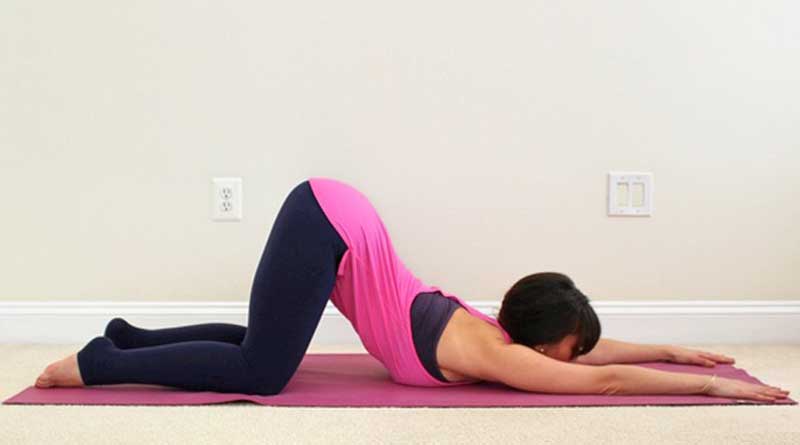
From table top, walk your hands slightly forward and dip your chest low towards the mat. Keep your hips stacked over your knees, as you further relax your forehead down and simply let gravity take over.
Notice the release in your lower back, the opening in your chest, as well as your lungs open up and expand.



